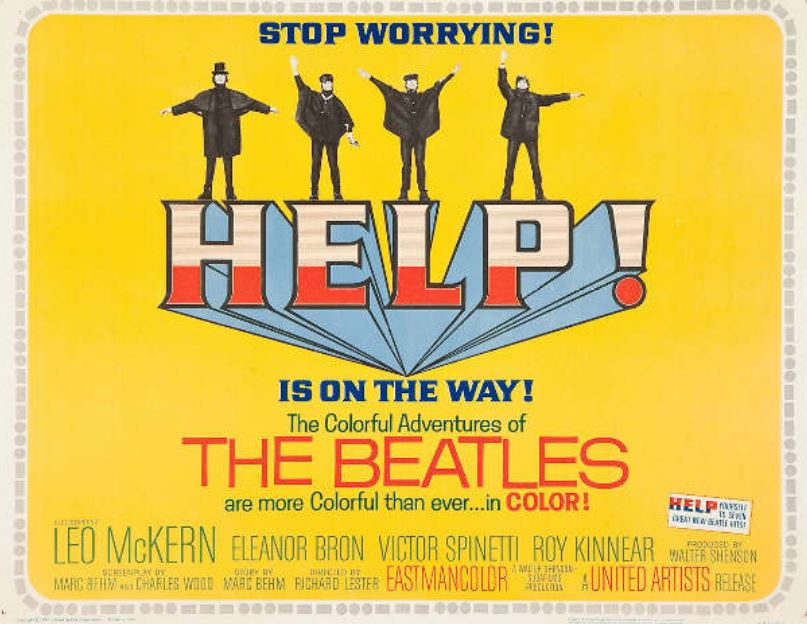
You think IoT has Nothing to do with Software Support? Think Again!
You cannot escape the onslaught of breathless headlines about the rapid proliferation of the Internet of Things (IoT). You hear and read ad nauseam about a brave new connected world that is threatening to change all businesses as we know them.
These stories are usually accompanied by images of complex industrial equipment, giant oil rigs, and highly sophisticated jet engines.
If you are in software support you may dismiss these as not quite relevant to your business and daily activity. Some of you may even sigh in relief that you do not need to get to the bottom of the 4th Industrial Revolution and that your job is not threatened by these new technologies.
But if you do, you’d be wrong! Read More




